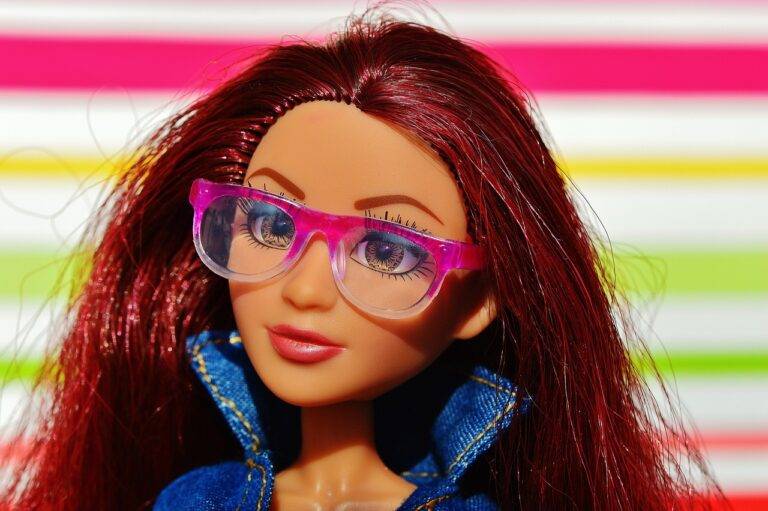The Role of Brand Archetypes in Advertising Campaigns: 11xplay reddy, Laser 247 betting, Skylivecasino
11xplay reddy, laser 247 betting, skylivecasino: Brand archetypes play a crucial role in shaping the identity and messaging of advertising campaigns. By tapping into universal themes and characters that resonate with consumers on a deep level, brands can establish a strong emotional connection and differentiate themselves from competitors.
What are brand archetypes?
Brand archetypes are universal symbols or characters that represent fundamental human motivations, values, and desires. They are deeply ingrained in our collective unconscious and can evoke strong emotions and associations. By aligning a brand with a specific archetype, marketers can create a powerful narrative that resonates with consumers and helps to communicate the brand’s values and personality.
Why are brand archetypes important in advertising campaigns?
Brand archetypes provide a framework for developing a brand’s identity and messaging in a consistent and coherent manner. By defining a brand archetype, marketers can create a strong brand story that guides all aspects of the advertising campaign, from the imagery and copy to the tone and style. This helps to create a cohesive and memorable brand experience that reinforces the brand’s values and resonates with consumers.
How do brand archetypes influence consumer behavior?
Brand archetypes tap into deep-seated psychological and emotional motivations that drive consumer behavior. By aligning a brand with a specific archetype, marketers can create a strong emotional connection with consumers and evoke feelings of trust, loyalty, and belonging. This helps to build brand preference and loyalty, leading to increased brand awareness, sales, and customer retention.
What are some common brand archetypes?
There are several common brand archetypes that brands can align themselves with, including the Hero, the Innocent, the Explorer, the Sage, the Magician, the Jester, the Lover, the Creator, the Ruler, and the Caregiver. Each archetype represents a different set of values, motivations, and characteristics that can be used to shape a brand’s identity and messaging in advertising campaigns.
How can brands use brand archetypes in their advertising campaigns?
Brands can use brand archetypes to inform all aspects of their advertising campaigns, from the creative concept and messaging to the choice of media and channels. By aligning the brand with a specific archetype, marketers can create a compelling narrative that resonates with consumers and helps to differentiate the brand from competitors. This can lead to increased brand awareness, engagement, and loyalty among consumers.
In conclusion, brand archetypes play a critical role in shaping the identity and messaging of advertising campaigns. By tapping into universal themes and characters that resonate with consumers on a deep level, brands can create a strong emotional connection and differentiate themselves from competitors. By defining a brand archetype and using it to inform all aspects of the advertising campaign, marketers can create a cohesive and compelling brand story that resonates with consumers and drives brand preference and loyalty.
FAQs
1. What are brand archetypes?
Brand archetypes are universal symbols or characters that represent fundamental human motivations, values, and desires.
2. How do brand archetypes influence consumer behavior?
Brand archetypes tap into deep-seated psychological and emotional motivations that drive consumer behavior.
3. What are some common brand archetypes?
Some common brand archetypes include the Hero, the Innocent, the Explorer, the Sage, the Magician, the Jester, the Lover, the Creator, the Ruler, and the Caregiver.
4. How can brands use brand archetypes in their advertising campaigns?
Brands can use brand archetypes to inform all aspects of their advertising campaigns, from the creative concept and messaging to the choice of media and channels.







